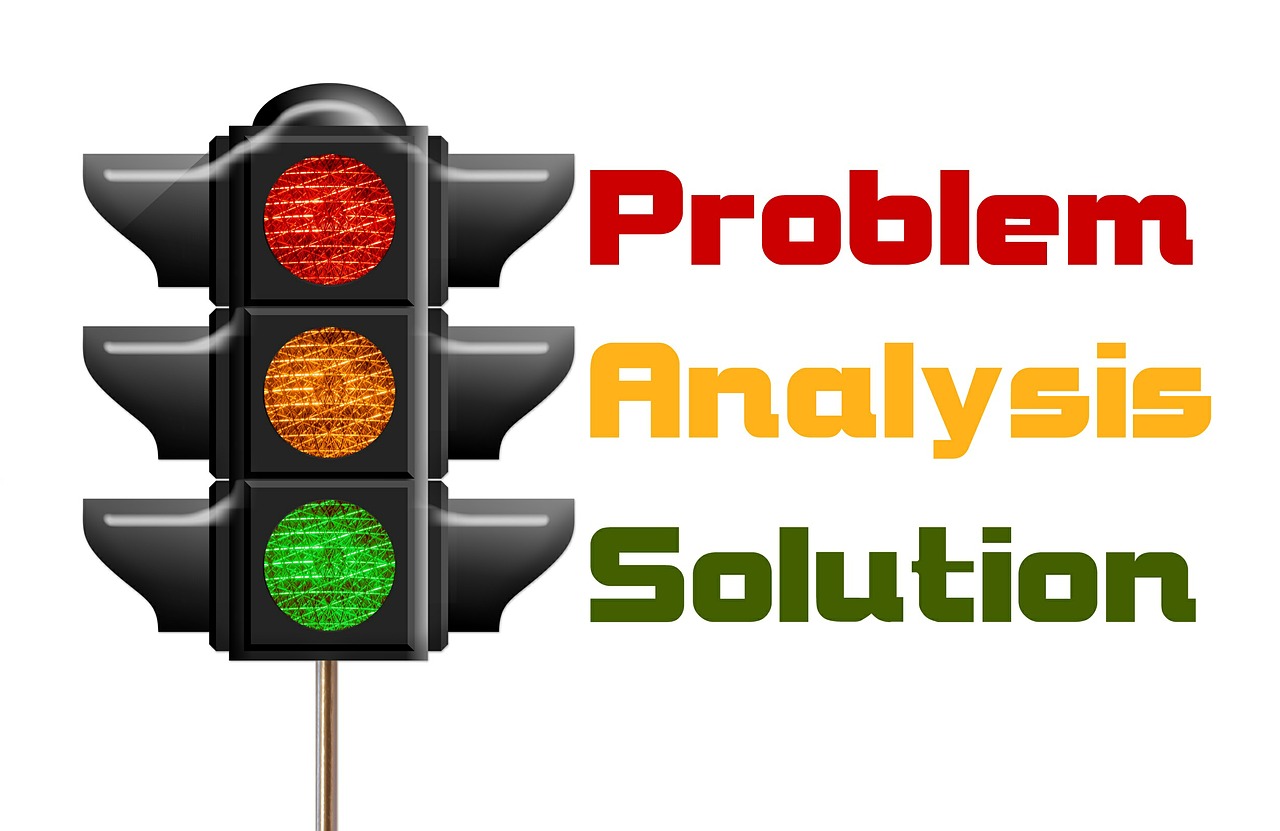 Member Login
Member Login

This article reviews a special edition of MonTI (MonTI. Monografías de Traducción e Interpretación) of papers that deal with the challenges and trends in teaching medical translation, as well as the culturally-based conditions that teachers face. Medical translation is challenging both for language teachers who are not medical professionals and thus lack specific medical knowledge, and for the students who lack experience in working with the computer-assisted tools, terminology databases and corpora, all widely used to speed up the translation process.
https://rua.ua.es/dspace/bitstream/10045/84847/1/MonTI_10_01_en.pdf
The review article describes the historical development of the field of medical translation. First, there were translations of Greek scholars, later Arab scholars, before Latin became, for a few centuries, the lingua franca of medicine. In subsequent centuries, medicine gradually developed into a scientific discipline. With the increase in medical genres (e. g., scientific articles, books for healthcare professionals, user manuals, clinical studies, or instructions for taking medication), the demand for medical translators, particularly from English into national languages, has significantly increased.
The challenges of medical translation in the 21st century include use of appropriate terminology (sources of standardized terminology and classifications), quality of the translation methods for verification, (e. g. back-translation vs. review, proofreading, revision) and choice of appropriate register depending on the target reader (scientist-scientist, doctor-nurse, doctor-patient, etc.).
The authors emphasise that medical translation and interpreting as a field of science needs more systematic research. They outline the trends oriented to the use of technologies and translation tools: the so-called CAT tools (Computer-Assisted Tools), artificial intelligence and neural machine translation, and the benefits of automatization in the translation of highly routinized genres (e. g., summaries of product characteristics), mobile applications for patients, etc. In contrast to technologies and automatization, the authors wrap up their review of this Special Edition of papers by stressing the importance of issues that relate more to a personal, patient-oriented approach, e. g. how emotion and empathy are conveyed in texts and interactions, and how they affect the health of patients.
https://journals.scholarpublishing.org/index.php/ASSRJ/article/view/7145/4523
Starting with definitions of translation from various perspectives, types of translation, and historical point of view, the author describes medical translation as a type of English for specific purpose, oriented to academic English and clinical practice.
According to the author, general problems such as the lack of medical knowledge of the English teacher, difficulties and strategies when teaching/learning Greek and Latin terminology, and the issue of using medical jargon by healthcare professionals represent the main challenges.
The research presents the results of interviews with teachers of medical English and professional translators. The findings confirmed that teachers lack both proficiency and scientific, subject-related knowledge. When it comes to terminology, it was revealed that the abbreviations are another source of problems. In terms of culture, they found out that different cultures and origins of English, Latin and Arabic language cause some difficulties. Another source of problems are the cultural-based issues such as low motivation of teachers and translators, requirement of proper assessment and improvement of working environment for teachers, lack qualification in medical English and clinical practice, and access to medical dictionaries and other resources.
https://files.eric.ed.gov/fulltext/EJ1258464.pdf
This paper is focused on a trend in building medical corpora, terminology databases and glossaries while taking into consideration that many students do not have sufficient theoretical knowledge and experience in performing these tasks.
The non-experimental study explores the feasability of using a corpus-based approach in ESP courss and addresses two issues: (a) the attitude of postgraduates towards the use of specialised corpora; (b) the relevance of corpus management tools as documentation resources for students´ professional development.
The article presents an overview of existing literature, the principles of corpus-based studies and research methods. Participants were students in a compulsory course called Medical and Healthcare Resources. The course covered topics such as the main issues in documentation resources for medical translation and interpreting, corpus-based approaches, and computer-assisted translation tools.
The results of the analysis confirmed the benefits of applying the corpus-based approach in translation studies, as well as the positive attitude of the students, even though some of them had been unfamiliar with corpus approaches prior to the course. The findings showed that by the end of the course, the students felt confident in working with these tools.